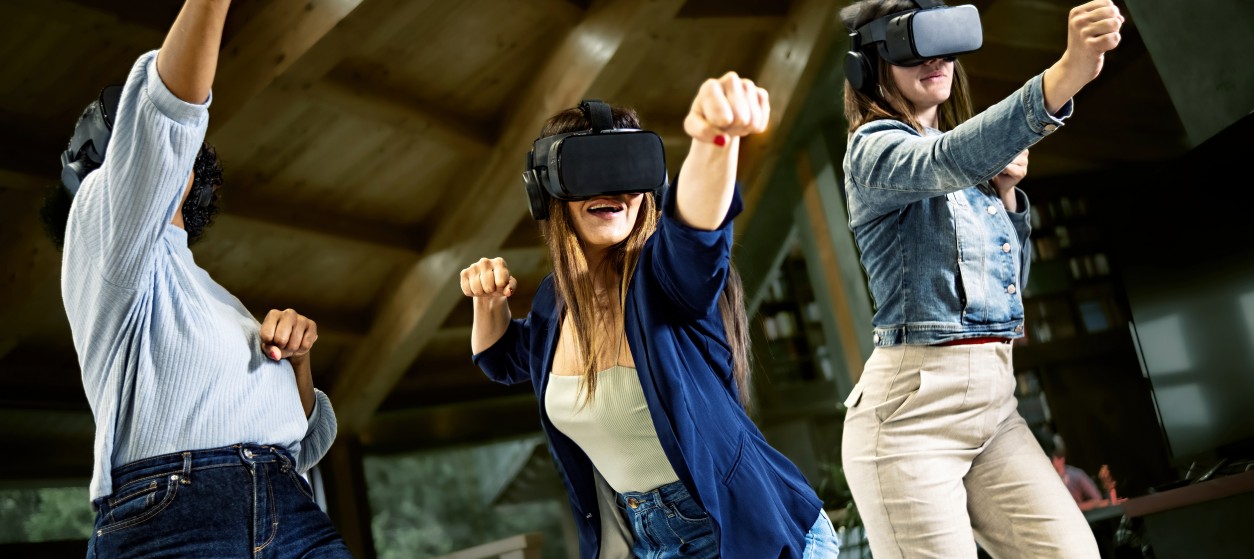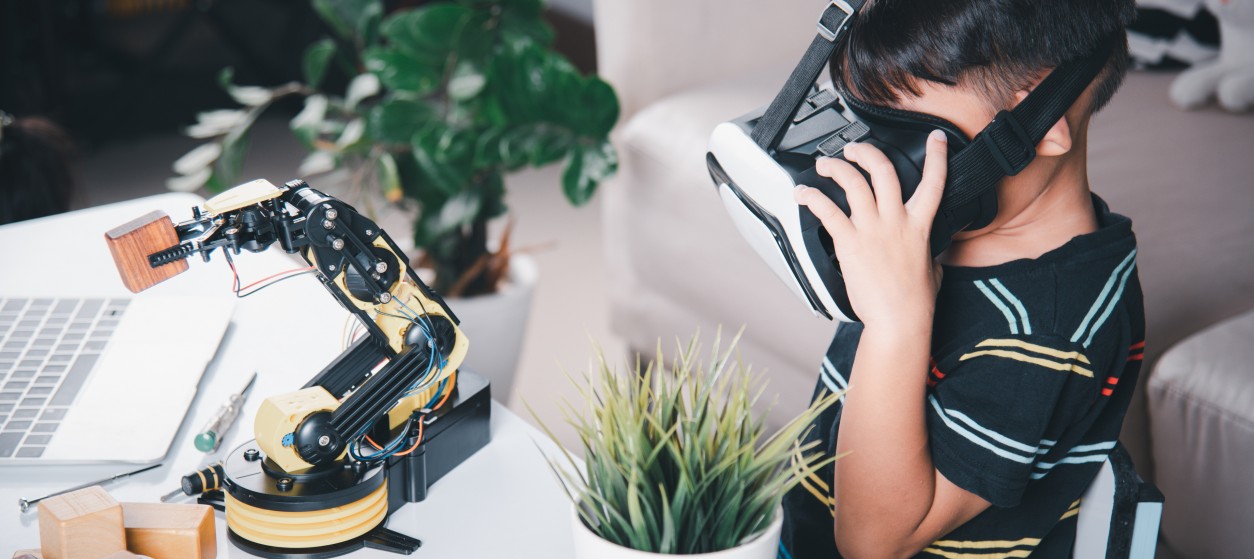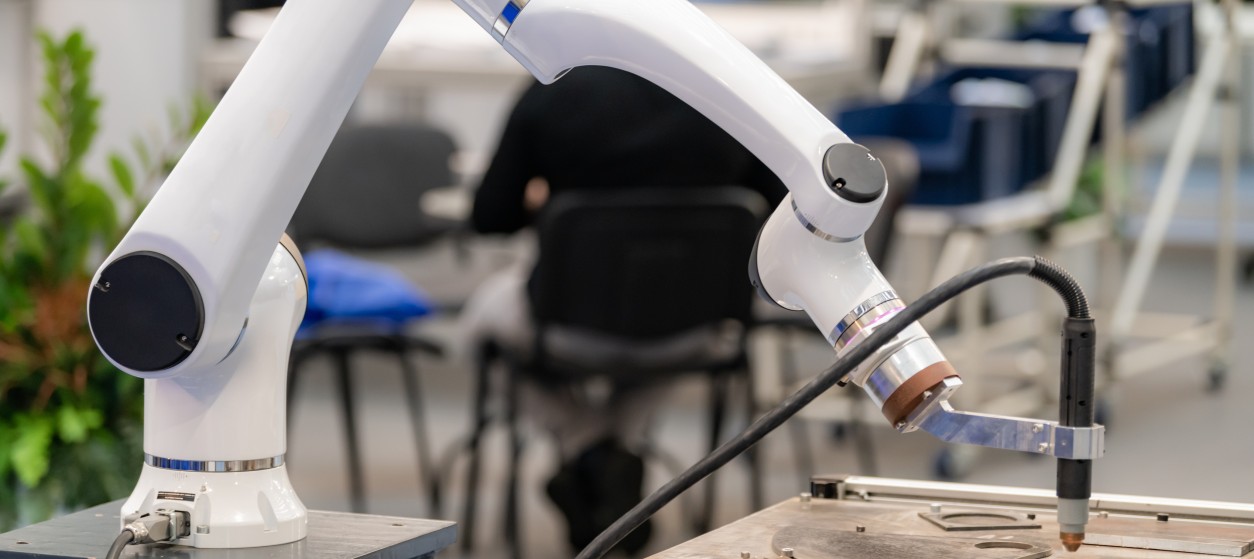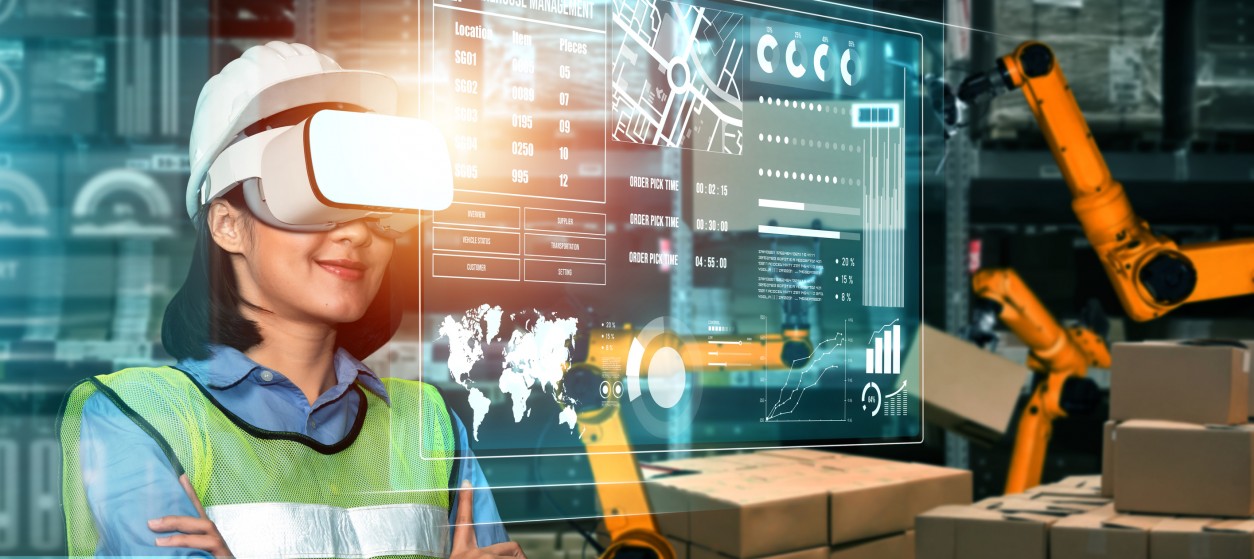Augmented Reality (AR) provides the means for blending realistic digital experiences produced by cameras and smart devices (e.g., helmets, glasses) within physical world contexts, such as streets, sport pitches, warehouses and factories. In recent years Augmented Reality (AR) is gradually evolving from a futuristic idea to a maturing technology, which is applied in a variety of industries including medicine, sports and video games. While the “Pokémon GO” is probably the most popular (yet simple) augmented reality application in the consumer space, in the enterprise world factories are leading the proliferating adoption of AR technologies. A wide range of manufacturing processes are already boosted by the projection of cyber-representations of products, devices or whole parts of the factory, on real-worlds backgrounds within a manufacturing plant. Such AR cyber-representations facilitate engineers, designers and manufacturing employees to increase their productivity, while at the same time enabling manufacturers to increase the complexity of the products and processes.
The trend of deploying and using AR techniques in manufacturing is rapidly expanding as part of the fourth Industrial revolution (Industrie 4.0), which propels the extensive use of digital data in order to manage and drive manufacturing processes, such as product design, production scheduling, predictive maintenance and more. AR is well aligned to Industrie 4.0, since the expanded generation and availability of digital data about manufacturing processes enables the creation of more effective cyber-representations of physical world objects and related physical activities. In following paragraphs we illustrate popular applications of AR technology in future factories.
Read More: Industry 4.0: The Rise of Autonomous Industrial Plants
Production Design and Planning
In the scope of the product design process, AR offers a compelling option for reviewing and fine-tuning designs, prior to their production. In particular, AR representations enable the analysis and simulation of up-coming products in their future (physical) environment. Likewise, AR technologies can boost the planning of manufacturing processes, such as production and assembly, by AR representations of production lines, automation lines, robots and production cells, which are placed in different areas/locations within the factory in order to identify their optimal positioning. Likewise, the most proper interaction of human workers, along with the ergonomics of the manufacturing devices can be explored based on the interaction of human workers with the AR representation. Furthermore, different options for lighting and heating can be tested. All these designs, production lines configurations, devices configurations and human machine interactions (HMI) can take place without experimenting with actual production processes, as these processes are simulated based on realistic and rich AR models. Hence, relevant procurement decisions (including placement of orders) can take place following an initial validation. This increases efficiency, minimizes costs and reduces risks.
Predictive Maintenance Processes
In the scope of Industrie 4.0 manufacturers are attempting to collect and analyze large amounts of digital data about machines and equipment as a means of anticipating possible machine failures or malfunctions which can disrupt production. This process involves combining multiple modalities (e.g., vibration analysis, oil analysis, acoustic analysis, thermal imaging), which can provide information about the status of components, machines or even production systems as a whole. The ultimate goal is to transition from traditional condition-based and/or preventive maintenance, to predictive maintenance which can optimize the operational life of production systems.
AR is already playing a significant role in the value chain of predictive maintenance services, through enabling the timely, remote repair of components that are expected to fail. A typical example involves the selection of the parts that need maintenance and the subsequent transmission of repair instructions from the part /component vendor to factory employees in order to complete the maintenance task. The employees are able to see (e.g., through smart glasses) a cyber-representation of how an expert performs the maintenance task, which enables them to execute the process themselves. This saves time and money, for both the manufacturers and the vendor of the machine (or component) under maintenance.
Beyond remote support, AR also provides ergonomic and realistic visualizations of the factory, as a means of depicting the maintenance status of different parts. This is a key functionality of AR for both predictive and preventive maintenance, as it not only provides plant managers and factory employees with a bird’s eye view of maintenance needs, but also clarity on how these needs affect production processes.
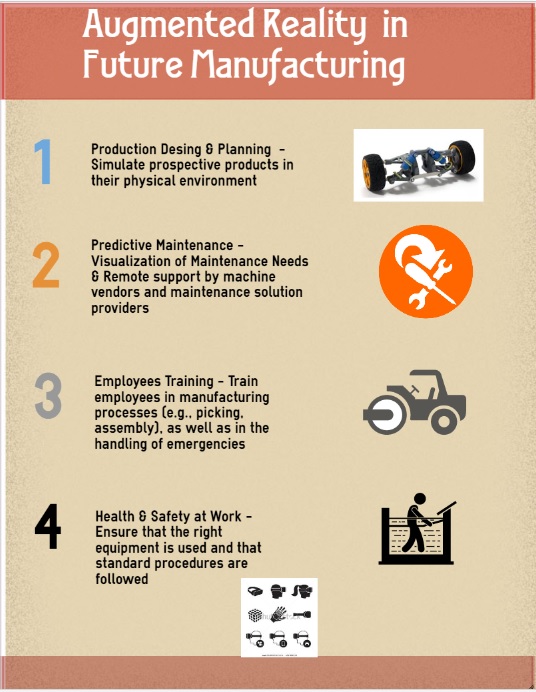
Employees’ Training
Augmented Reality is a handy tool for training employees in performing certain tasks, such as picking and assembly tasks, or even the handling of emergencies. As a typical use case, AR training provides the means for off-shore employees to learn from the experience of experts residing in places where the innovation was originally designed or produced. Another example is the involvement of vulnerable individuals in the production processes based on flexible working models. Such models require effective and intense training processes for the employees in order to be successful and are therefore ideal use cases for AR based training.
Such trainings also reduce the cognitive load of the worker and therefore facilitates task completion. Not only are AR training instructions clear and easily understood, while being put in a realistic context, but AR training tasks also reduce fatigue and facilitate adherence to specific procedures.
Health and Safety
AR can also boost health and safety of workers’ tasks in the manufacturing information. The use of wrong equipment and the deviation from standard processes are common causes of safety incidents on the factory shop floor. As a remedy, manufacturers are deploying wearable technologies (e.g., smart glasses, head-mounted devices) in AR applications, which facilitate workers and technicians to assess the risks of a given task.
Selecting and Deploying AR Technology
AR is revolutionizing the future of manufacturing, however, the successful deployment of AR requires a good mix of expertise in both IT and manufacturing. AR technologies rely on a combination of computer vision, computer science, data analytics and engineering components. Following the selection of proper AR interfaces (e.g., wearables devices) there is also a need for properly integrating these technologies into manufacturing processes. These hurdles can be ironed out by evaluating your own needs and chalking out a roadmap for AR deployments in factories.
AR is spearheading the Industrie 4.0 revolution and it’s time that you become a part of it.
Read More: Trends in Augmented Reality

